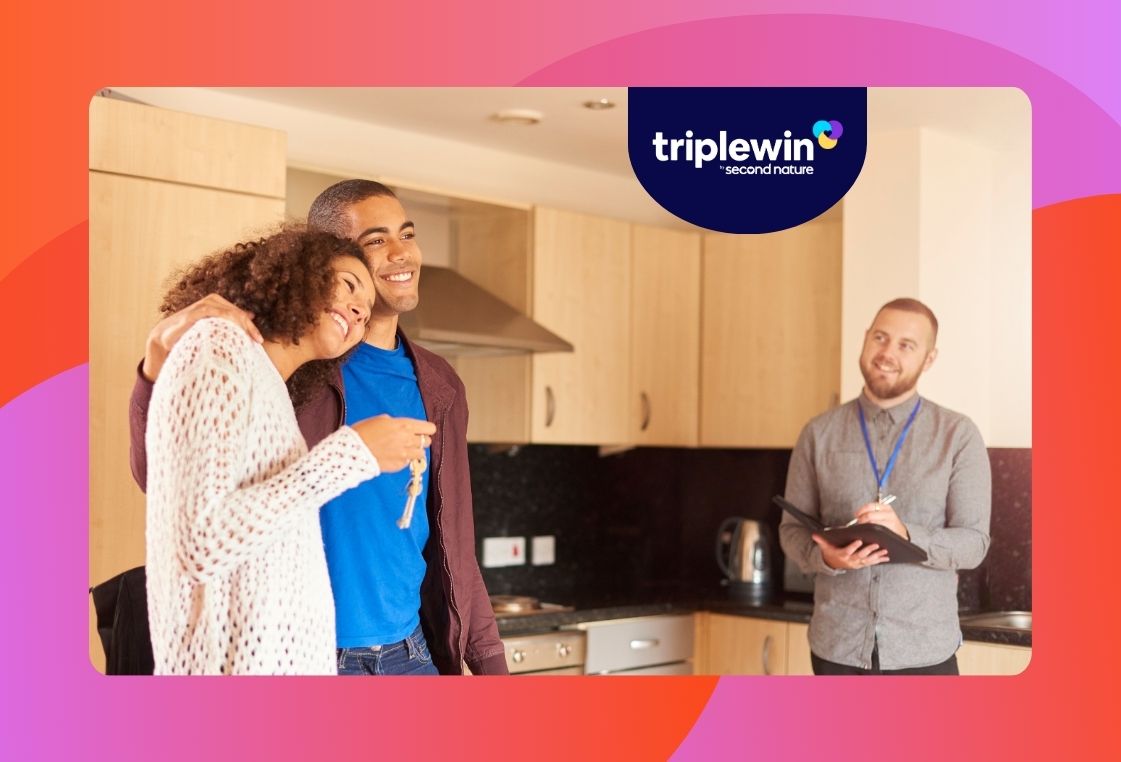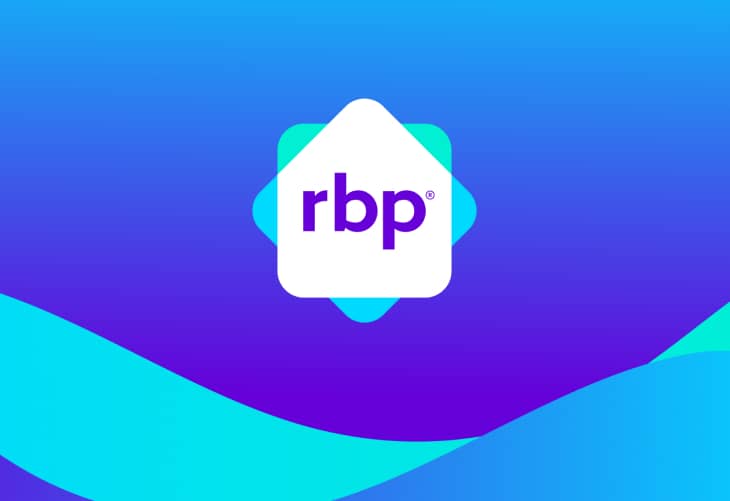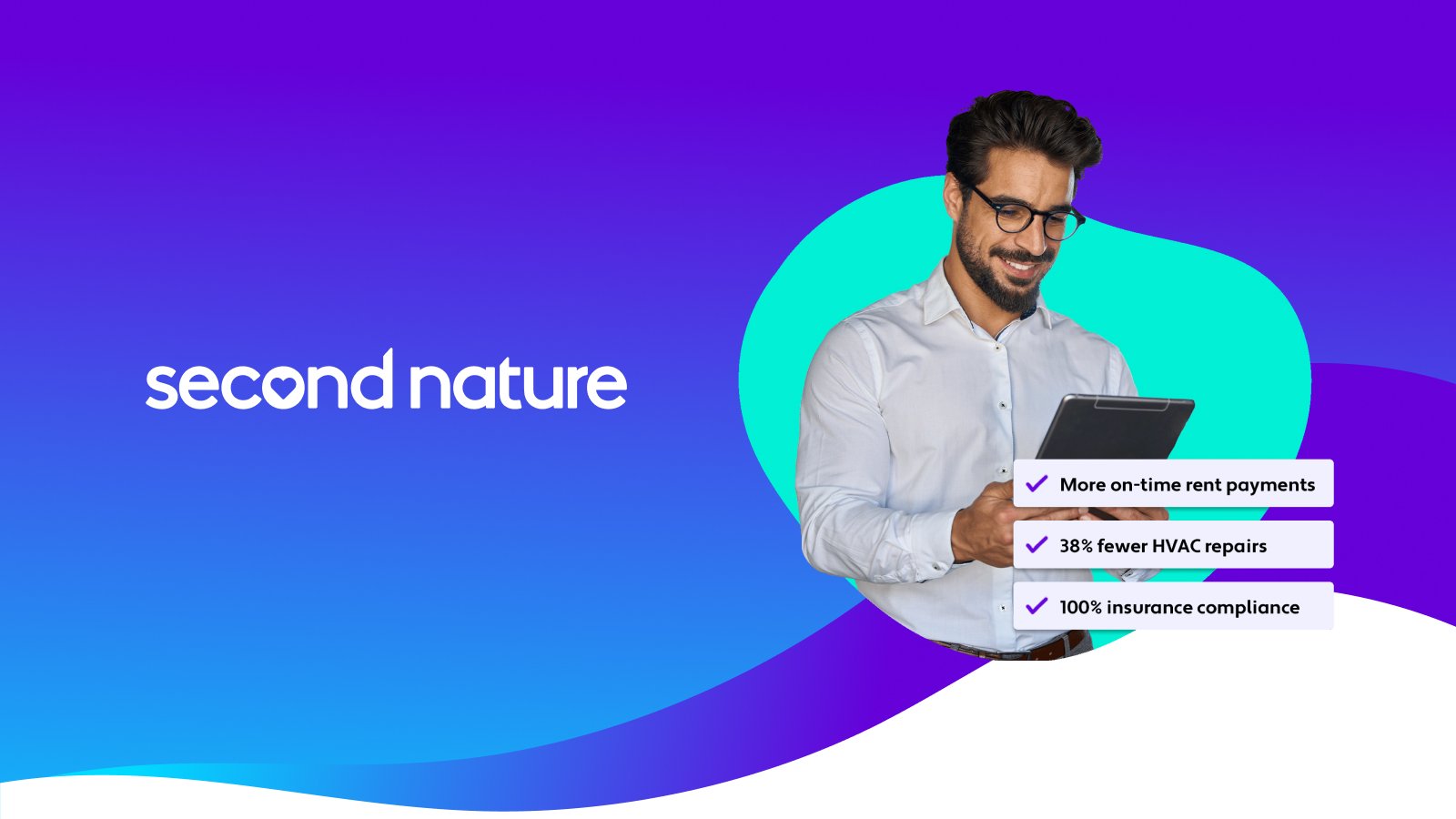According to a recent report by the World Health Organization, 1 in 8 people die from air pollution. Air pollution has also been linked to heart disease, strokes, and cancer. As a result, the organization declared, "Air pollution is the single greatest environmental health risk in the world today."
Common pollution sources include smoke, pet dander, dust, and mold. Pollution levels vary from region to region, but they continue to pose a serious environmental risk.
Related: What is the resident benefits package?
Reduce Use of Motor Vehicles
- Ride your bicycle or walk instead of driving.
- Take a bus or train instead of your car.
- Carpool.
- Refuel your vehicle at night, since hot temperatures and gasoline fumes produce ground-level ozone.
- Drive a fuel-efficient vehicle.
Safeguard Your Home
- Don’t allow people to smoke indoors.
- Remove shoes at the doorway to keep from tracking mud and dust into the house.
- Wash your bedding weekly to remove dust mites.
- Dust regularly with a damp rag.
- Vacuum regularly to remove dust mites.

September 5, 2025



